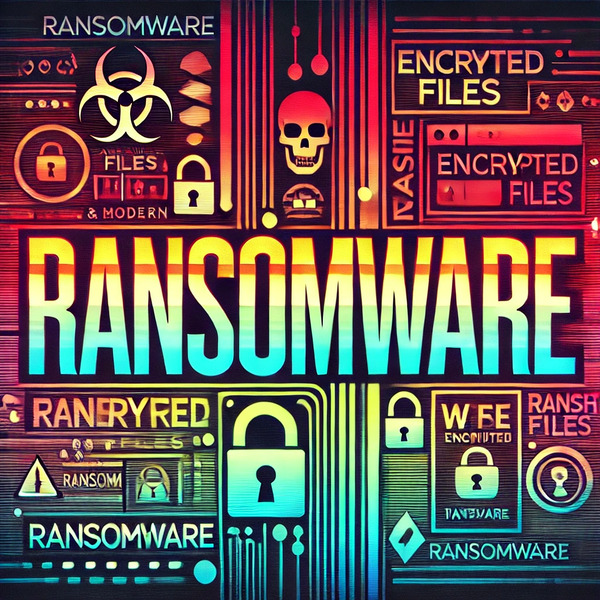
Over the past few years, the cybersecurity landscape has been increasingly dominated by ransomware attacks. These threats have grown more complex, evolving from simple file-encryption schemes to multi-layered extortion tactics. Notably, we’ve seen the rise of double extortion—where attackers not only encrypt data but also threaten to leak it—and even triple extortion, which adds pressure through public shaming or attacks on business partners and customers. More recently, cybercriminals have pivoted toward data extortion alone, as traditional encryption-based ransomware has yielded diminishing financial returns.
Now, researchers at Cyble’s Threat Intelligence team have uncovered a new variant of cyber-attack that stands out not just for its method but also for its attention-grabbing name—“DOGE Big Balls.” On the surface, the name may seem like a crude joke, but a closer look reveals a likely satirical jab at the so-called “Department of Government Efficiency” (DOGE), questioning its effectiveness in preventing cyber threats.
According to security experts, such provocative naming conventions are often used by cybercriminal groups to attract media attention, sow confusion, and build a kind of notoriety within the cybercrime ecosystem. It’s a psychological tactic as much as a technical one—blending mockery with menace.
Modus Operandi: Simple but Effective
Despite the flashy name, the attack mechanism itself is relatively straightforward. The ransomware is typically distributed via a compressed zip file, which can sometimes be disguised as a PDF document. Once opened, it triggers a ransomware payload, often slipping past traditional security defenses through clever obfuscation and anti-detection techniques.
One unusual feature of this malware is its ransom note, which specifically instructs victims to contact an individual named Edward Coristine and demands payment in Monero, a privacy-focused cryptocurrency known for its untraceability.
Defensive Measures: Prevention Over Cure
In light of this emerging threat, organizations must prioritize proactive cybersecurity strategies. Rather than reacting to an infection, it’s far more effective—and less costly—to prevent such incidents from occurring in the first place. Key measures include:
a.) Limiting administrative privileges to reduce potential attack surfaces.
b.) Monitoring for privilege escalations and unusual network behavior.
c.) Maintaining reliable and regularly updated backups, ensuring that critical data can be restored without paying a ransom.
d.) Training employees on cybersecurity best practices, especially in recognizing phishing attempts and suspicious attachments.
e.) Implementing strong endpoint protection and intrusion detection systems to catch threats early.
Cyber hygiene is no longer optional—it’s an essential part of organizational resilience. As ransomware tactics continue to evolve, so too must our defenses.




















